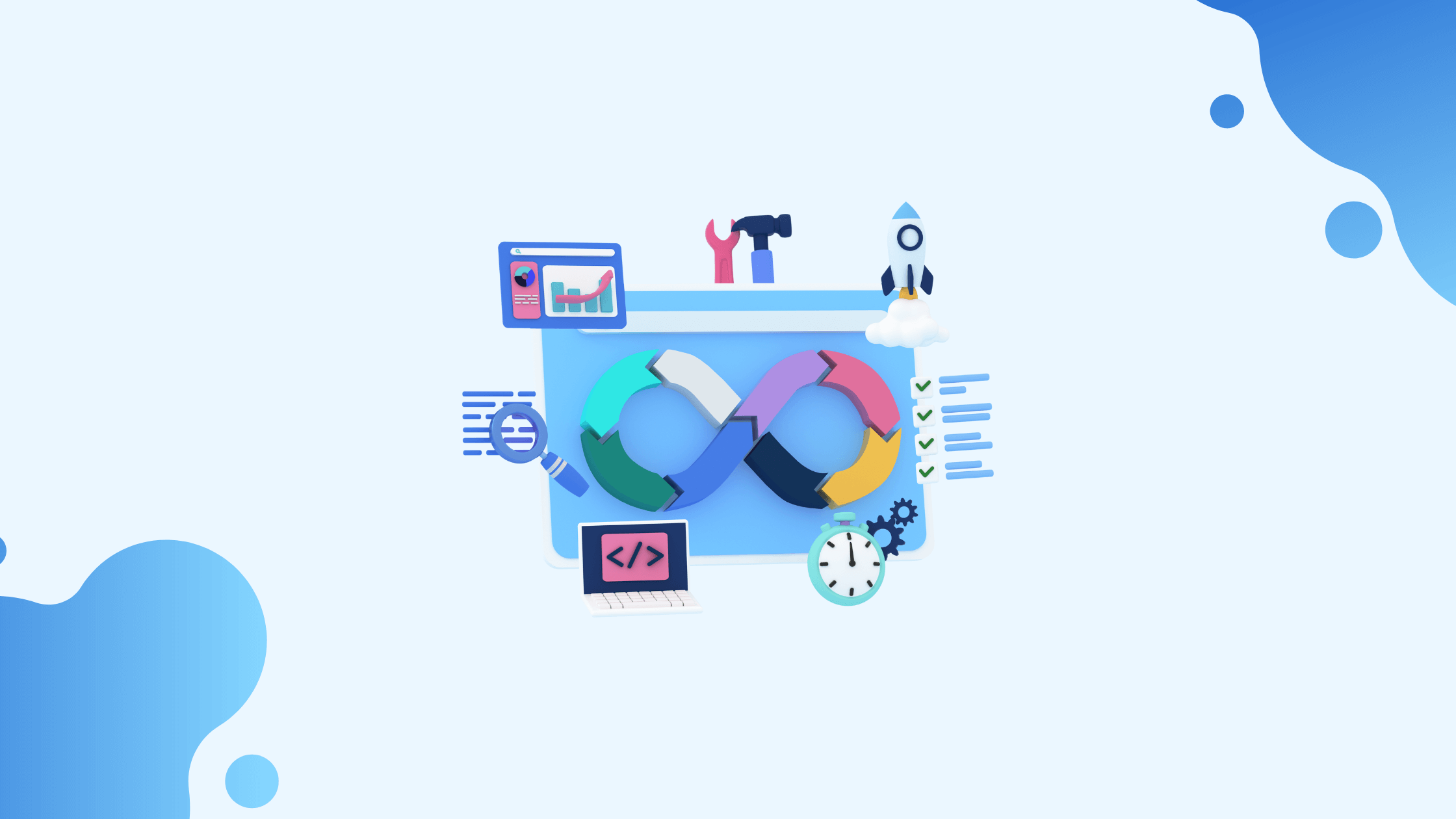Modern-day DevOps is a well-acclaimed practice to improve product delivery efficiency and business transformation. Companies of all sizes and types across industries implement DevOps and CI-CD to reduce product delivery time and improve efficiency and productivity of developing teams enabling more agility to take up challenges. However, there are a few common pitfalls to avoid when implementing CI-CD, which are to be tackled carefully for successful process transformation.
It is impossible to get everything working the right way, from Day 1 itself. The best strategy for implementing DevOps and CI-CD is to start slow and small, maintaining a clear view of what success actually means to the team and the future of business.
Here is a list of pitfalls to avoid when implementing CI-CD:
1. Prioritizing Speed over Quality
When starting to implement DevOps and CI-CD, companies prioritize product delivery speed without focusing enough on product quality. This is a failed strategy in the long term. To meet up with fast-changing competitive markets, teams can't afford to spend enough time to provide the best quality products, addressing the customer demands.
If the Performance Indicators are measured only in terms of time to production, it is difficult to ensure quality in the processes. This may sound like a good idea at first, but remember implementing DevOps is not a 1-Day, 1-Month or 1-Year job. DevOps is essentially an ongoing process focusing on Continuous Innovation and Continuous Improvement to rapidly move forward, achieving both speed and quality at the same time.
DevOps and CI-CD, if implemented well, increase business agility, and parallel improve product quality and speed to delivery.
2. Don't allow people to bypass the CI-CD pipeline
A CI-CD pipeline when implemented should take into consideration the feedback and requirements of all the project stakeholders. After implementation, team members should not be allowed to bypass the CI-CD pipeline, unless there are some emergency situations. This is very crucial if you are introducing CI-CD practices in an organization.
For all the project stakeholders like Developers, Testers, Delivery Engineers, CI-CD should be the only way, to deploy code to production. Because, if there are any issues reported in the CI-CD pipeline which are not solvable easily, teams may often tend to go past the CI-CD pipeline by switching back to forceable manual processes.
To avoid such issues, as mentioned earlier, the best strategy is to start slow and implement CI-CD pipelines iteratively in small chunks. This allows enough room for the teams to adjust to the new automated process and provide feedback if anything is to be improved.
3. Automating Unwanted Processes
To implement CI-CD, and achieve DevOps success, teams try to automate anything and everything. Some processes may not need automation at all. This can loosen our focus on important and essential processes in the workflow. Without a clear strategy, Automation doesn't necessarily speed up or improve everything, delivery may run slower than before.
If you automate without a big picture of how all the processes and jobs will work together in a pipeline, delivery will become more complicated and exhausting. So, first eliminate the essential manual processes using the CI-CD pipeline, breaking down the entire delivery process into smaller measurable and achievable chunks.
Examine every process after it is automated in CI-CD, encourage feedback from team members. Do not try to emulate giants like Netflix or Amazon from the beginning itself. Start slow and continuously iterate and improve. Always identify and capture the issues with current processes and automate them carefully with an approach to fix them efficiently.
4. Confusing Continuous Deployment for Continuous Delivery
Continuous Deployment and Continuous Delivery are often two largely confused terms in the DevOps implementation. Continuous Deployment is a practice that every code change made in the project will be pushed directly to production, almost immediately, whereas Continuous Delivery is a practice that involves a manual trigger to push code to production.
Learn more about the difference between Continuous Deployment and Continuous Delivery in DevOps.

Generally, companies do not take the risk of deploying products directly to production without any manual intervention in the form of approvals. If configured rightly, Continuous Delivery is the right practice to start with initially. However, Continuous Deployment can be used to deploy products to less impactful non-production environments like Dev, Staging, and QA.
The idea is to ensure consistency across all the environments and configurations, with continuous iterations and smaller feedback loops to slowly level up Continuous Delivery practices to Continuous Deployment.
5. Not implementing Security checks in the CI-CD pipeline
DevSecOps - DevOps with Security, means implementing Security in the CI-CD pipeline. With speed and efficiency as a priority, developers often overlook security in released product changes. DevSecOps practice ensures Security validations and compliance audits are part of the CI-CD at different stages of the pipeline, instead of validating Security all at once.
Security validations and compliance audits are very crucial business processes before releasing products to customers. If Security checks are conducted early in the product life-cycle, i.e., the shift left paradigm, companies can save a lot of money and developer efforts and build up customer trust.
Moreover, the overall product development time is improved with the shift-left paradigm, as developers no longer rely on Security validations to happen after features are released, instead, issues are identified early in the development cycle, strengthening the security of the released products.
The CI-CD pipelines automatically detect and report the errors as they are executed every time a code change is pushed by developers. Identifying issues early, shortens the feedback loops for the development teams and therefore issues are immediately fixed, ultimately benefiting the customers.
6. Wrong focus on metrics to measure DevOps
It is important to have a clear understanding and good grip on what you want to do with DevOps and measure the success
While DevOps promises an accelerated rate of delivery, teams must be vigilant or the speed may negatively affect the application quality. A clearly defined, objectified set of DevOps metrics can help track the progress and quality of the project.
DevOps is extremely flexible in terms of customization for each organization. There is no formal framework to use for orienting your metrics selection process.
Therefore, start by defining what problems you want to solve with DevOps and how your company’s DevOps transformation would look like. After that, identify your organization’s potential challenges with DevOps and use them to orient your metrics.
Conclusion
Companies that use DevOps to automate business processes, sometimes end up over-automating unwanted processes and confusing Continuous Deployment for Continuous Delivery. Implementing tools without enough research and idea about the actual implications can slow down the product delivery process. An ignorant approach towards Security validations can lead to security breaches and business losses.
DevOps has the power to streamline product development and delivery, bringing long-lasting benefits to the business. To avoid these DevOps pitfalls, start slow and plan effectively by applying the right practices and strategies to achieve positive DevOps outcomes and business success.


